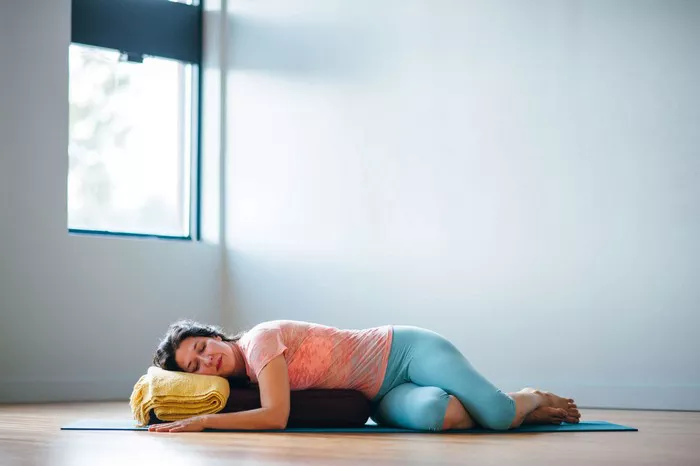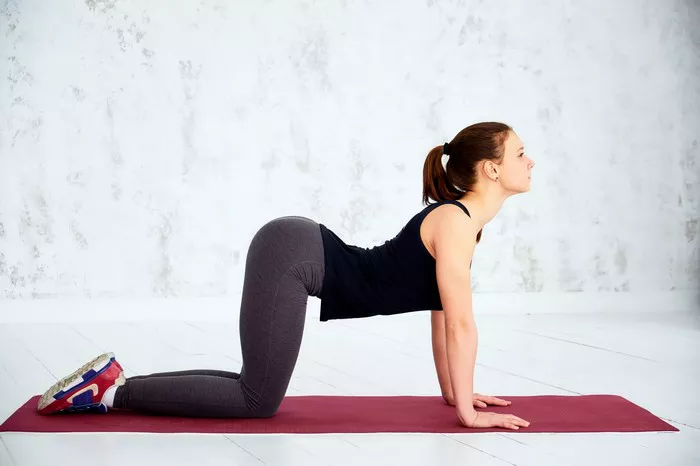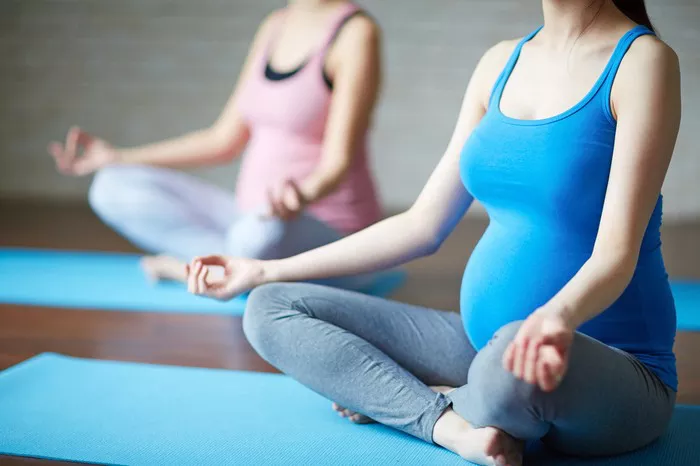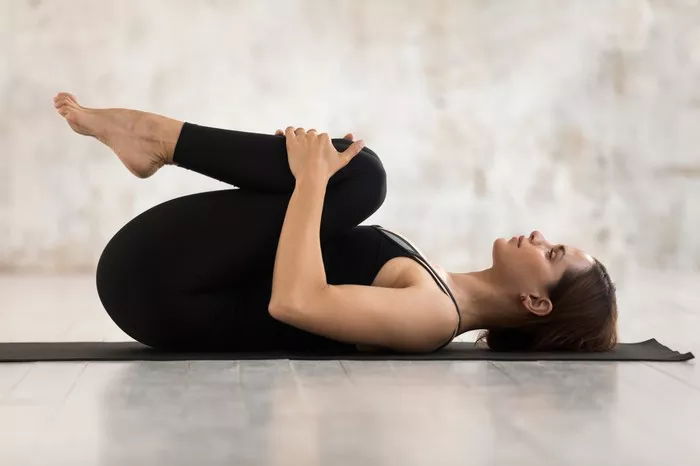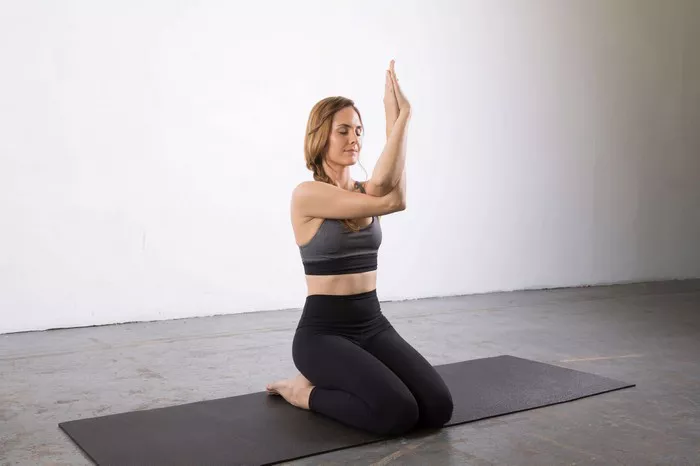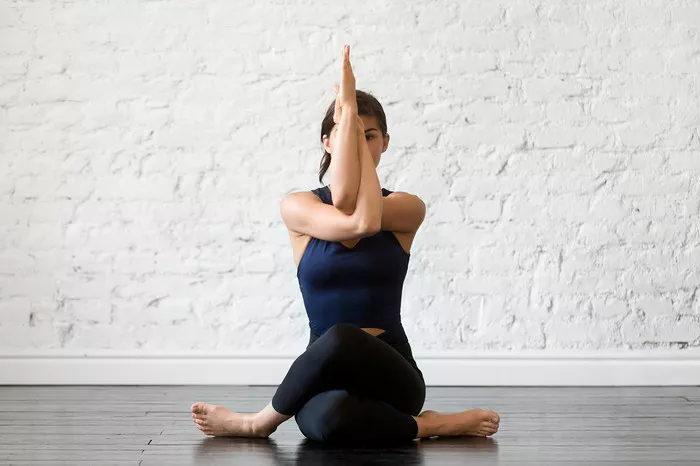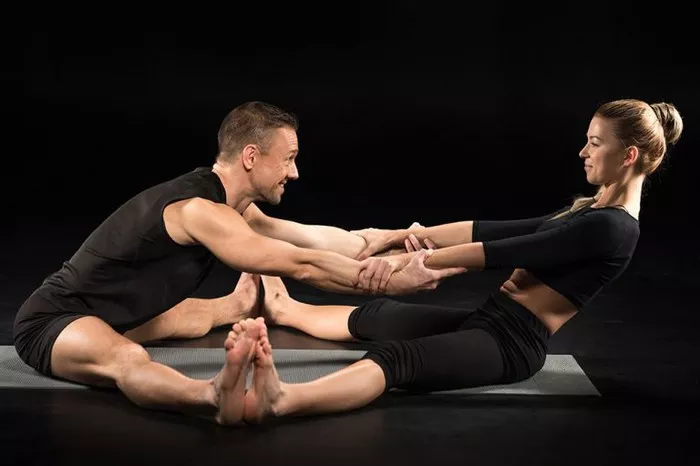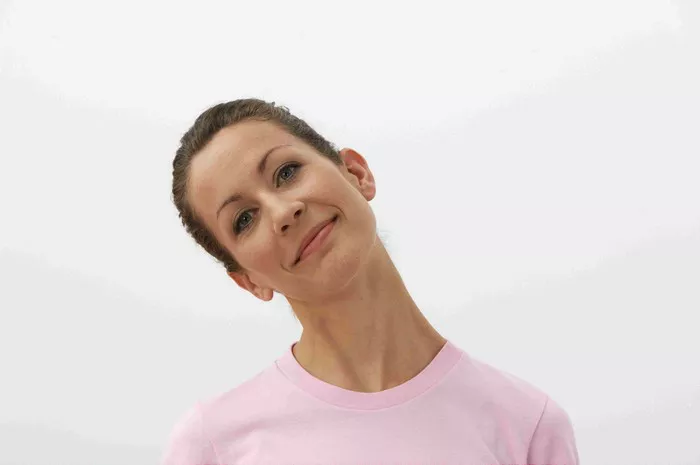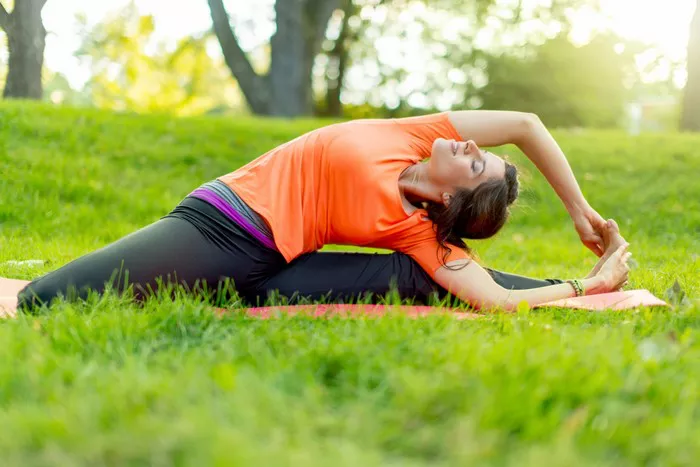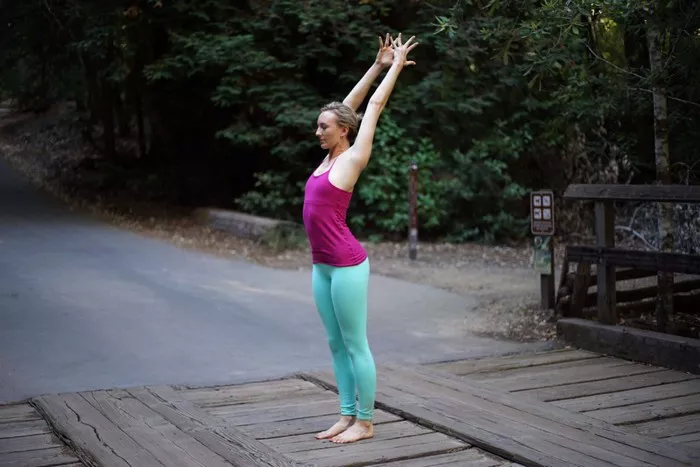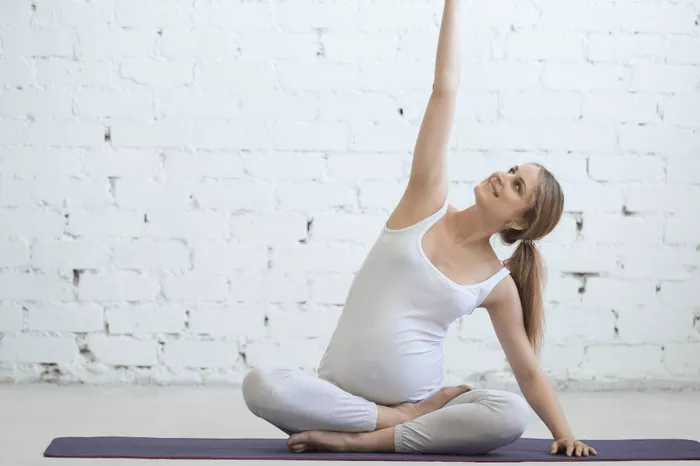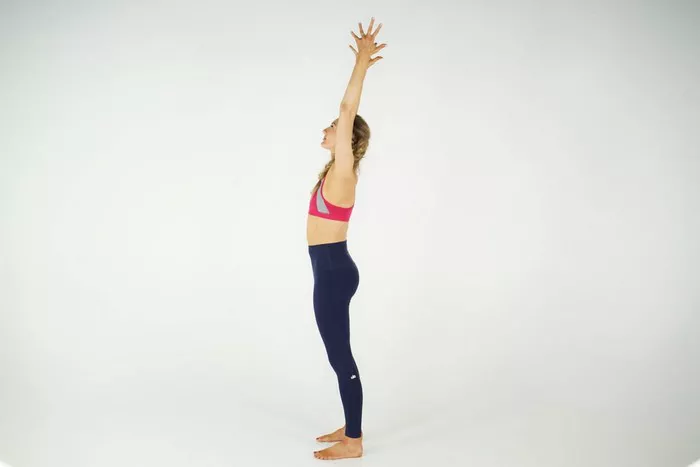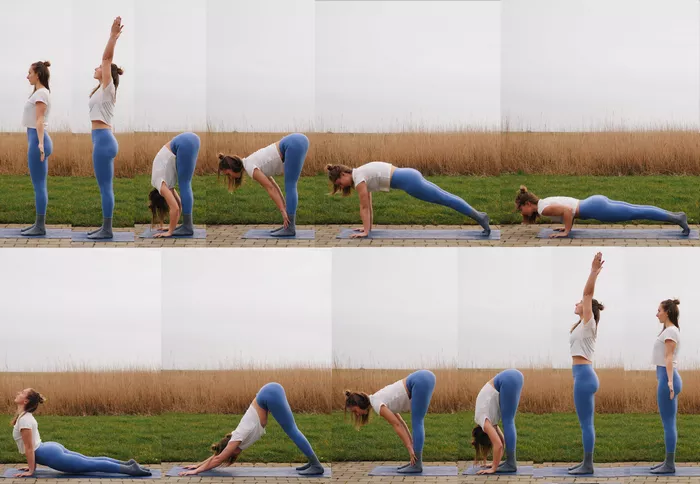Natarajasana, also known as Lord of the Dance Pose, is a beautiful and dynamic yoga posture that enhances balance, flexibility, and strength. It is named after Nataraja, the cosmic dancer form of Lord Shiva, symbolizing the rhythm and flow of life. While this pose offers numerous physical and mental benefits, it is not suitable for everyone. Certain individuals should either avoid this asana entirely or approach it with caution to prevent injury or complications.
In this article, we will explore the key aspects of Natarajasana, its benefits, and the groups of people who should avoid or modify this posture.
Understanding Natarajasana (Lord of the Dance Pose)
Natarajasana is a backbend and balancing posture that requires coordination, flexibility, and strength. It is classified as an intermediate to advanced yoga pose, commonly practiced in Vinyasa and Hatha yoga styles. The pose involves standing on one leg while reaching back to hold the other foot, creating an elegant arch in the spine. The chest and shoulders open while the lifted leg extends behind, forming a graceful curve.
Key Benefits of Natarajasana
Before discussing who should avoid this pose, it is important to recognize its benefits:
- Improves Balance and Coordination – Since Natarajasana requires standing on one leg, it strengthens the stabilizing muscles and enhances proprioception (body awareness).
- Increases Flexibility – This pose deeply stretches the quadriceps, hip flexors, chest, and shoulders, improving overall flexibility.
- Strengthens the Legs and Core – The standing leg works hard to maintain stability, strengthening the ankles, calves, and thighs. The core muscles also engage to maintain balance.
- Enhances Spinal Mobility – The backbend in Natarajasana helps improve spinal flexibility and counteracts the effects of prolonged sitting.
- Encourages Mental Focus – As a balancing pose, it demands concentration and mindfulness, promoting mental clarity and stress relief.
Despite these benefits, Natarajasana is not suitable for everyone. Certain health conditions, injuries, and limitations make it risky for some individuals.
Who Should Avoid Natarajasana?
1. Individuals with Recent or Chronic Ankle, Knee, or Hip Injuries
Since Natarajasana requires standing on one leg, it places significant pressure on the ankle, knee, and hip joints. Those recovering from ligament tears, fractures, or surgeries should avoid this pose to prevent aggravating their injuries. Even minor instability in these joints can increase the risk of falls and further damage.
Alternative: People with joint concerns can practice a modified standing quad stretch while holding a wall or using a yoga strap for support.
2. People with Lower Back Issues
Natarajasana involves a backbend, which can strain the lower back if not performed with proper alignment. Individuals with herniated discs, chronic lower back pain, or sciatica should avoid deep backbends, as they may exacerbate pain and discomfort.
Alternative: Practicing gentle backbends like Bhujangasana (Cobra Pose) or Salabhasana (Locust Pose) can provide similar spinal mobility benefits without excessive strain.
3. Those with Shoulder or Wrist Injuries
Since this pose requires reaching back and holding the foot, it places stress on the shoulders and wrists. Anyone recovering from a rotator cuff injury, frozen shoulder, or wrist pain should avoid this pose or modify it significantly.
Alternative: Instead of Natarajasana, one can practice Urdhva Hastasana (Upward Salute) to stretch the shoulders without strain.
4. Individuals with Balance Disorders or Vertigo
Since Natarajasana is a standing balance pose, it can be dangerous for those with vertigo, dizziness, or inner ear imbalances. Such conditions increase the risk of falls and injuries.
Alternative: A safer option would be practicing Vrksasana (Tree Pose) with support, as it provides balance training without excessive movement.
5. Pregnant Women (Especially in the Second and Third Trimesters)
Pregnancy alters a woman’s center of gravity and affects balance. Deep backbends and one-legged balancing poses like Natarajasana can increase the risk of falls and put undue pressure on the lower back and abdominal area.
Alternative: Pregnant women can practice supported stretches such as Supta Baddha Konasana (Reclining Bound Angle Pose) or Cat-Cow stretches for spinal mobility.
6. Individuals with High or Uncontrolled Blood Pressure
Balancing poses require focus and effort, which may increase blood pressure temporarily. Those with hypertension or uncontrolled high blood pressure should avoid intense balancing postures, as they may cause dizziness or lightheadedness.
Alternative: Seated forward bends and gentle breathing exercises such as Anulom Vilom (Alternate Nostril Breathing) can be beneficial instead.
7. People with Severe Migraine or Headaches
Natarajasana demands concentration and a lifted head position, which might worsen symptoms for those prone to migraines or chronic headaches. The strain on the neck and shoulders can contribute to tension headaches.
Alternative: Forward bends like Balasana (Child’s Pose) can be more relaxing and help ease tension.
8. Those Experiencing Stress or Anxiety That Affects Balance
While yoga is often recommended for stress relief, individuals experiencing severe anxiety or panic attacks may struggle with balancing poses. If stress affects physical stability, attempting Natarajasana may lead to frustration or injury.
Alternative: Grounding postures like Sukhasana (Easy Pose) combined with deep breathing exercises can help regulate the nervous system without the challenge of balancing.
9. Beginners Without Proper Preparation
Natarajasana is an intermediate to advanced pose that requires flexibility, strength, and balance. Beginners who lack experience with standing poses and backbends may find this posture too challenging, leading to poor alignment and potential injuries.
Alternative: Practicing preparatory poses like Anjaneyasana (Low Lunge) and Dhanurasana (Bow Pose) can build the necessary strength and flexibility before attempting Natarajasana.
Precautions for Those Who Want to Try Natarajasana
For those who are ready to attempt this pose but have minor limitations, these precautions can help:
- Use a Wall or Chair for Support – Holding onto a sturdy object can help with balance.
- Warm Up Properly – Engage in preparatory poses to loosen the hips, shoulders, and spine before attempting Natarajasana.
- Listen to Your Body – If you feel pain or discomfort, stop immediately and modify the posture as needed.
- Practice Under Supervision – Beginners should practice under the guidance of a certified yoga instructor to ensure correct alignment and technique.
Conclusion
Natarajasana is a rewarding yet demanding yoga pose that offers numerous physical and mental benefits. However, it is not suitable for everyone. Individuals with joint injuries, lower back pain, balance disorders, pregnancy, or certain medical conditions should avoid this pose or modify it to ensure safety. If in doubt, consulting a qualified yoga instructor or healthcare professional can help determine the best approach.
By respecting your body’s limitations and practicing yoga mindfully, you can enjoy its benefits without unnecessary strain or injury. Remember, yoga is not about achieving the perfect pose—it’s about creating harmony and well-being in both body and mind.
Related Topics:

